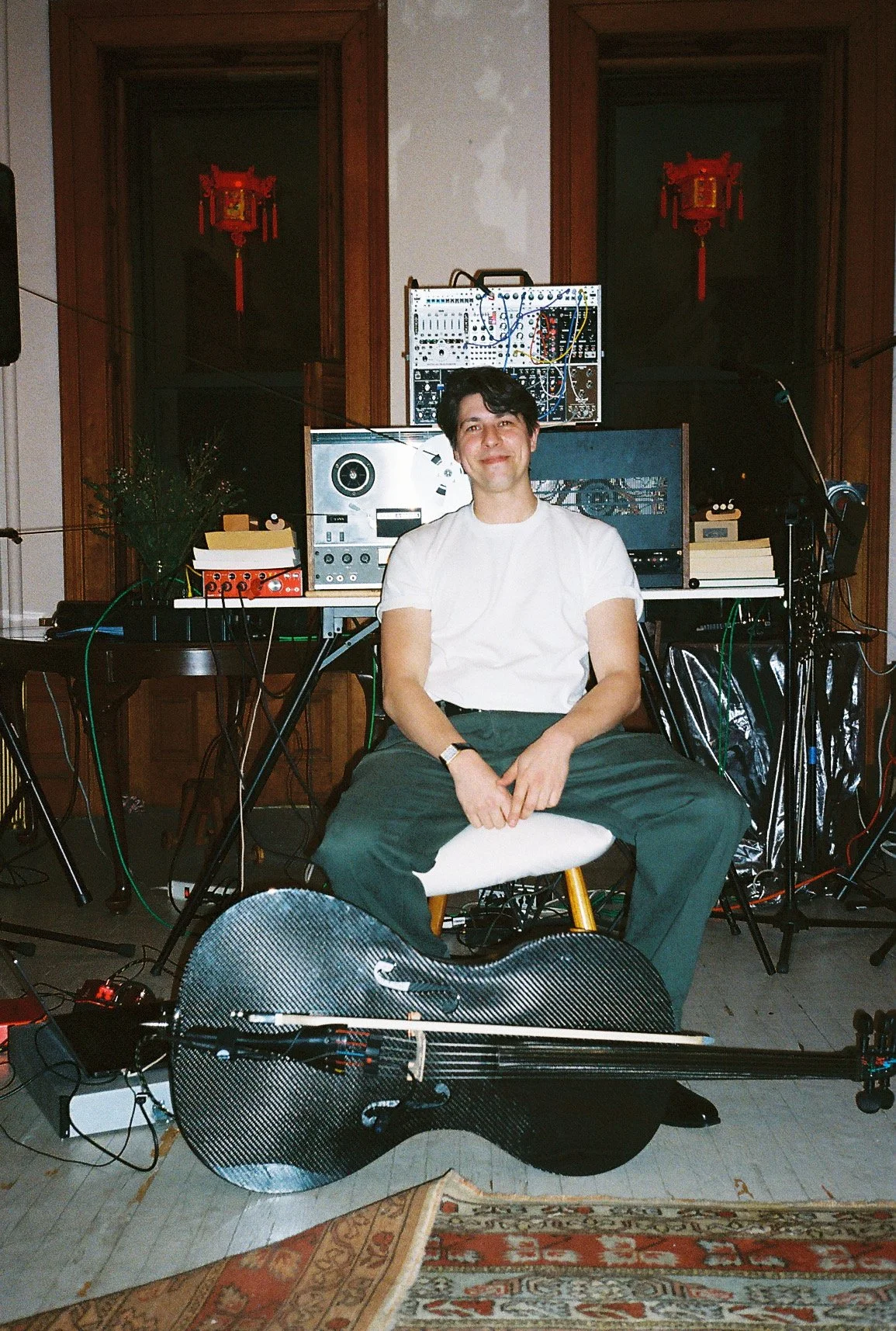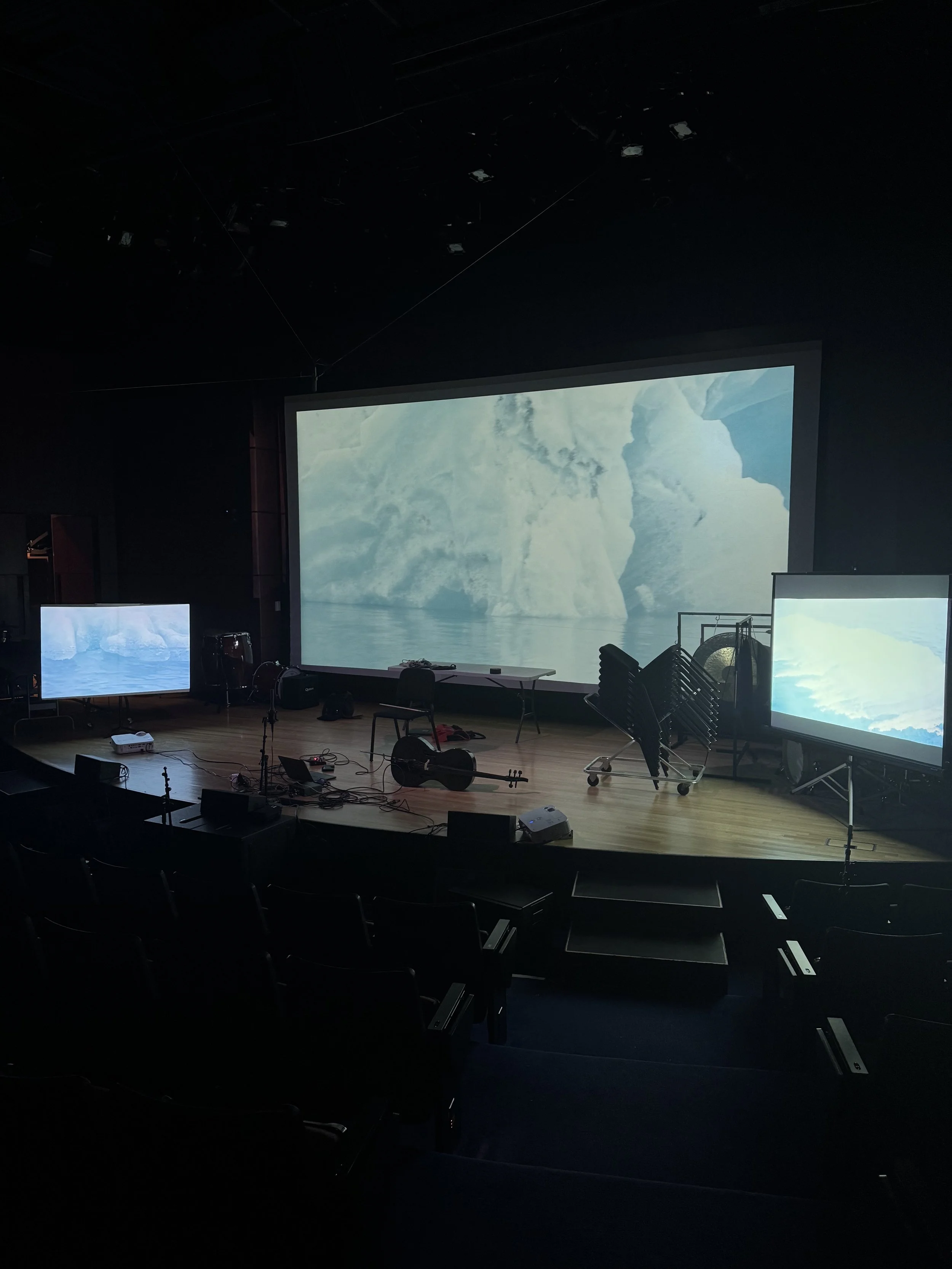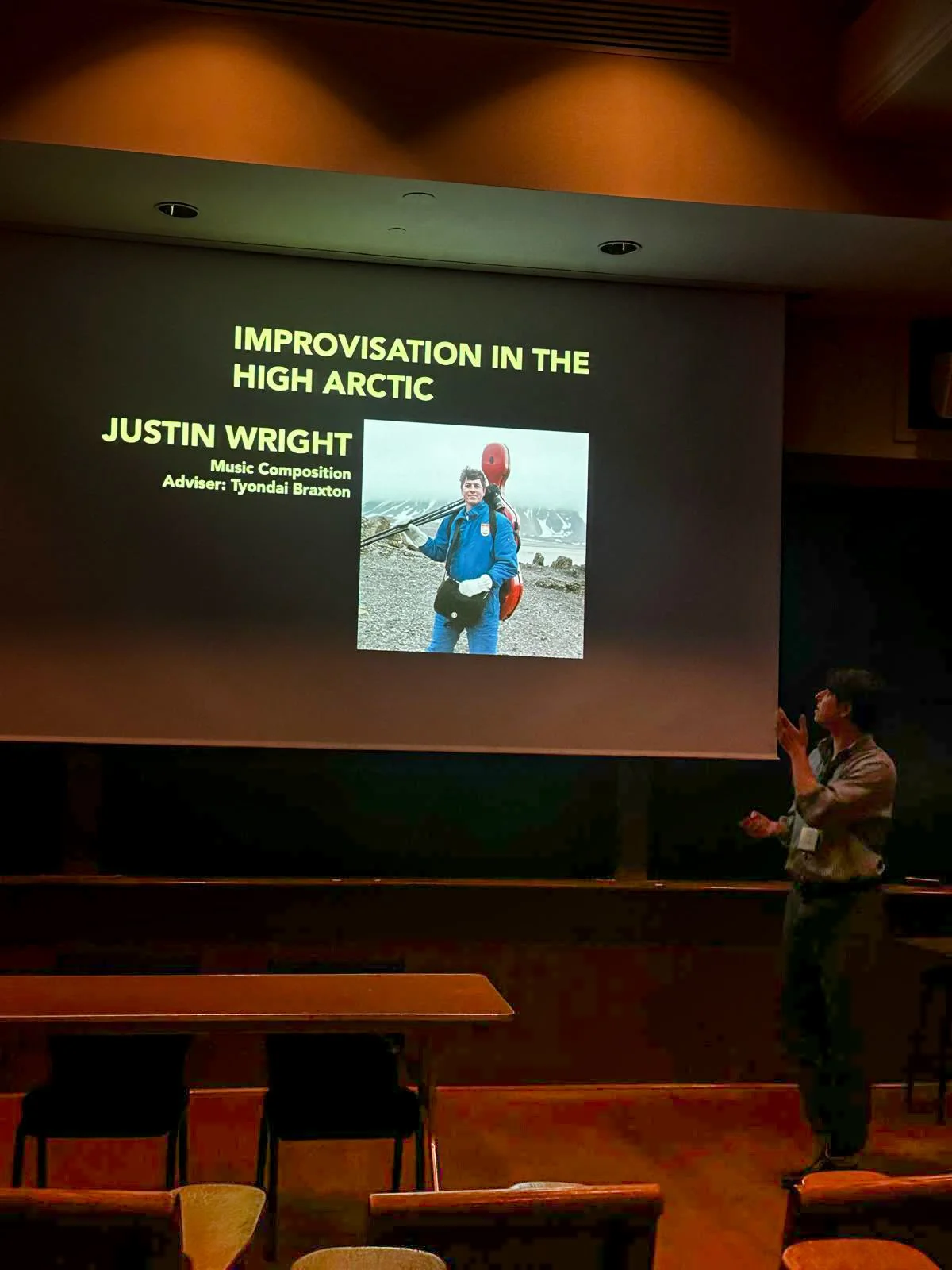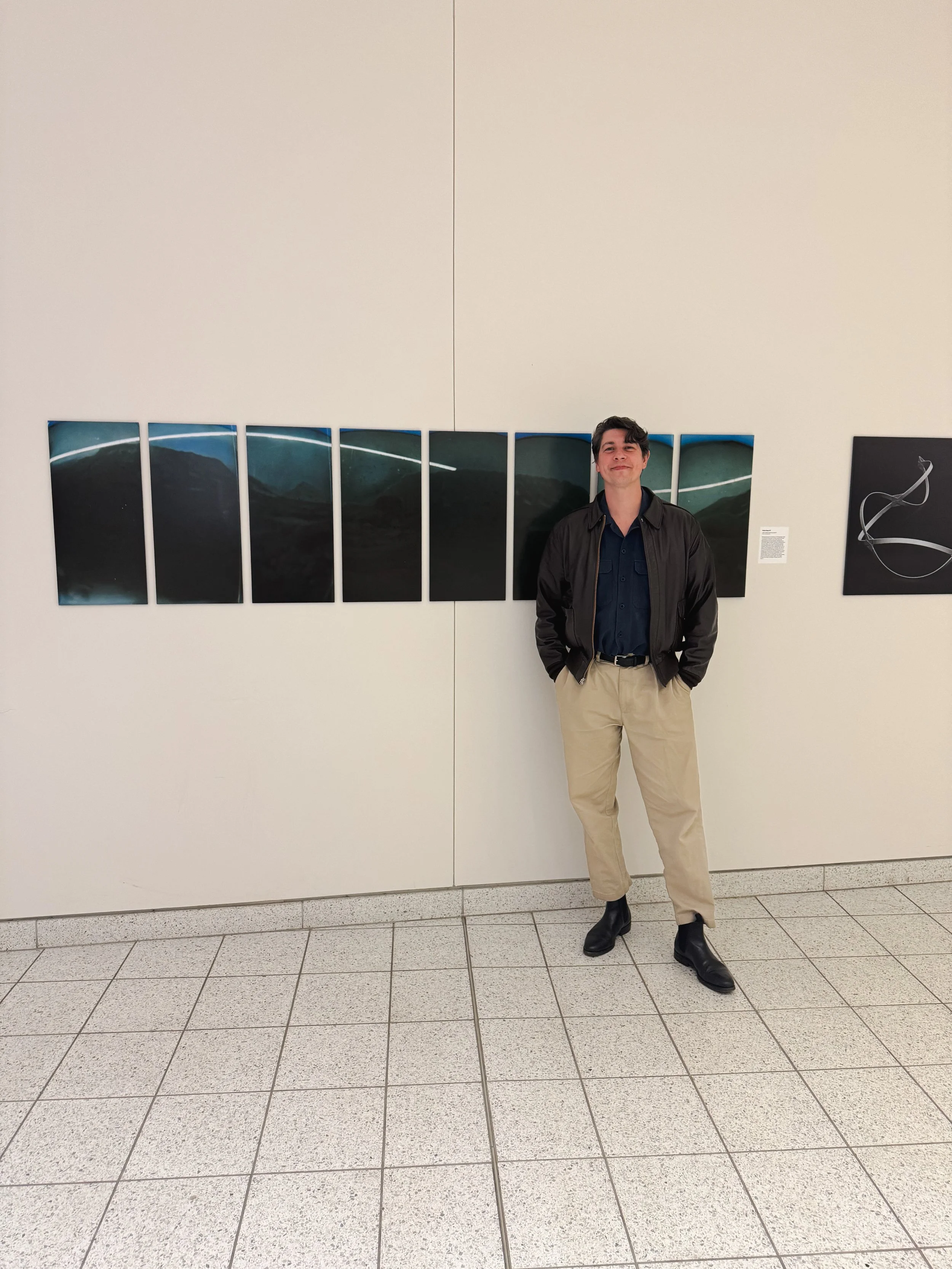ARCTIC WORK
Numb Fingers. This short film (20 minutes) documents my series of improvisatory cello performances in remote Arctic locations in Svalbard. These performances, the most northerly outdoor cello performances in history, were intended to serenade the glaciers before their disappearance, and to share the region’s environmental issues with a wider audience while reflecting on my recovery from cancer.
Eraser. A piece for two tape loops and bowed percussion, performed by SO Percussion. The tape loops, one containing speech (a poem by Kathy Sirico about whale bones in Svalbard) and one containing melody, are struck with magnetic mallets, erasing whatever portion of the loop they strike, and gradually rendering it silent, until all that remains are the quiet artifacts and persistent phonemes.
Cover story of US1 magazine about my work in Svalbard.
Polar Days #1. During summer in Svalbard, an archipelago close to the North Pole, the sun never sets but circles overhead for months—this is the polar day. Working there over the solstice, I designed and built 360-degree pinhole cameras, exposing them for two weeks. The sun’s path etched so deeply into the photo paper that no development was needed. These are the first analog photos ever to capture the midnight sun’s full path. Warming at six times the global average, Svalbard acts as a canary in a coal mine for climate research, yet the archipelago’s remoteness and desolate, dramatic beauty have led to our perception of it as an obscure, alien realm. In capturing the otherworldly nature of this little-known region, this image brings the reality of climate change closer to home.
In 1596, the Dutch explorer Willem Barentsz first laid eyes on an archipelago 400 miles from the North Pole that we now call Svalbard. The following year in England, unrelated to this discovery, the composer John Dowland wrote a set of simple lamentations for his friend Henry Noell's death. Over the four centuries that followed, Svalbard has undergone many forms of resource exploitation, decimating the population of walruses (then called sea horses) and whales before moving to coal mining. Its interaction with global climate systems has resulted in rapid geological and ecological changes, and its climate is currently warming at a rate roughly six times the Earth's average.
This piece, inspired by my own travels to Svalbard, is a rework of Dowland's Lord Hear my Prayer from his Henry Noell Lamentations. Its transformation attempts to mimic some of the many ongoing geological changes that have quickly given the archipelago a new landscape, and retains little of the original structure and harmony. Additional lyrics and spoken words are pulled from the accounts of 17th century Arctic explorers such as Edward Pellham and Frederick Martens.









